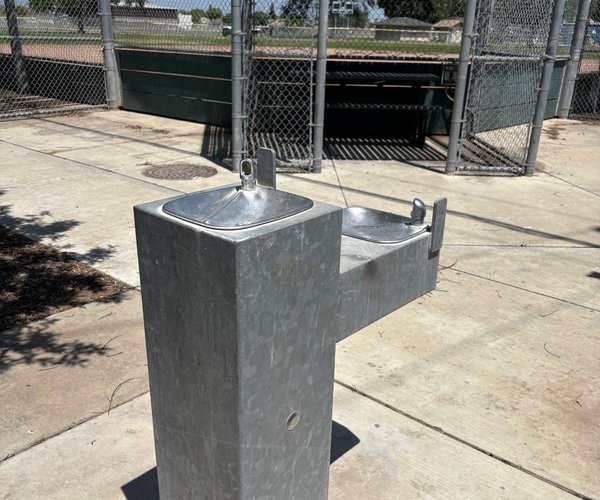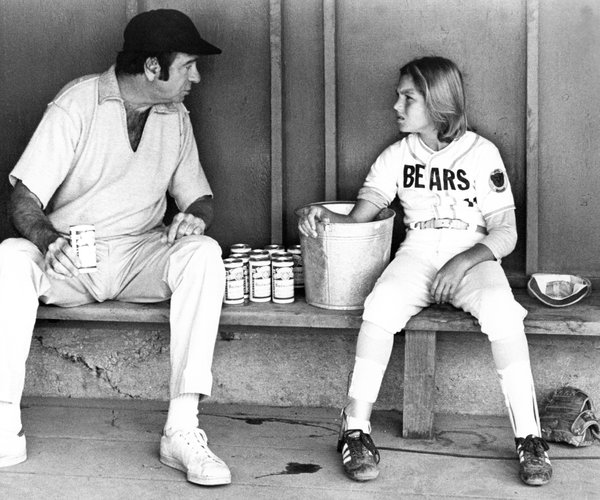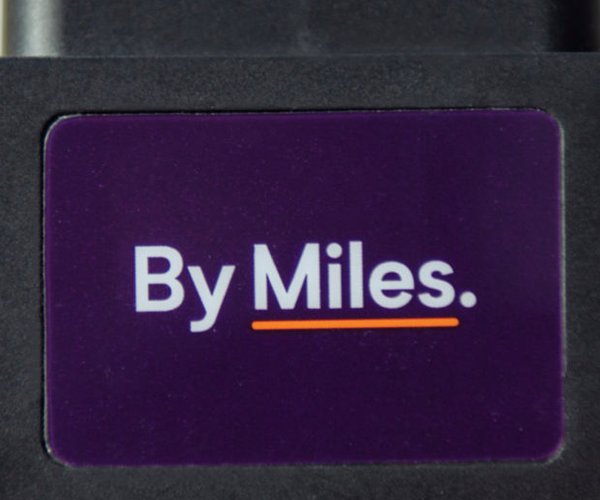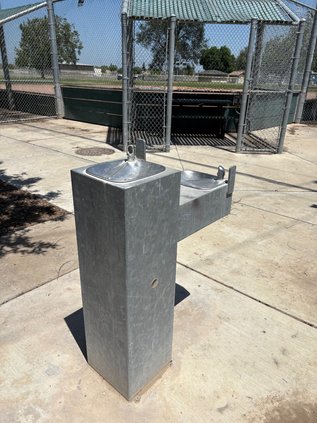The smoke from wildfires may strike some as apocalyptic.
Strike that up to a bad case of Chicken Littles among those whose depth of understanding is determined by what is trending on social media.
But those who have been around the Central Valley or the Los Angeles Basin back when TV screens were the size of i-Pads and the consoles they sat in were the size of an NFL lineman and weighed almost as much, should know better.
Do not misunderstand.
While wildfires do have benefits to the ecological system, they can pose serious problems in an area of 163,696 square miles pocketed with numerous air basins where almost 40 million people have ended up living.
If we focus our energy on what is happening in our own household and community, making sure solutions that are within our personal means to implement work, we can also do a lot to reduce overall pollution including improve air quality.
Wildfires — pardon the pun — have become smoke screens that allow us to ignore what we can do to make the environmental balance sheet better beyond tapping away on social media and demonizing elected officials trying to get workable solutions in place that need to balance everything from economics on effective return on dollars invested.
How we dispose of the garbage every household creates is a prime example.
Back in the 1950s, residential burn barrels were all the rage.
In communities from Bakersfield to Manteca and Lathrop to Redding, many households converted 50-gallon oil drums into a residential trash incinerator.
The people that used them typically did not want to pay additional for a second 32-gallon metal — or cutting edge aluminum — garbage cans and the monthly collection charge.
Those in rural areas simply burned all of their household garbage.
And what garbage was collected, even as late as the mid-1960s, was taken by solid waste trucks and unloaded at city dumps.
There, they would be dumped into giant pits with no regards for the ground water.
Small towns such as Manteca whose city dump in the 1960s was outside of town on land where the two-story municipal golf course clubhouse now stands along Union Road, had a cheap way to extend the capacity of the forerunners to modern landfills.
They burned much of the garbage.
Smoke from wildfires weren’t the big thing back then.
That’s because you enjoyed small scale residential garbage burning — and city dumps deliberately put ablaze along with agricultural waste burning — year round.
The worst wasn’t during fire season but during bouts of heavy tule fog in the winter.
It created a short-lived mini-version of the Great Smog of 1952 in London, estimated to have killed at least 4,000 people when windless cold air air trapped low-grade coal used to warm homes and fuel power plants.
Tule fog today — for the most part — fills your lungs with fresh brisk air.
You can get a whiff of what it was like not too long ago if you happen to pass a home burning wood in a fireplace on a winter day when it is not allowed as the smoke gets trapped close to the ground.
There was no such things as no burn days back then.
Every day was a burn day.
The move to start banning residential incinerators began in smog-laden Los Angeles County in 1957.
By the time other jurisdictions were aggressively cutting back on it, the valley air cleaned considerably.
The state didn’t impose a statewide 100 percent ban on burning residential garbage until 2004.
Rapid growth from 1960 to 1980 when California went from 15 million to 23.6 million people and added a proportionate number of gas guzzling cars undid what clean air progress was made.
It is why California was allowed by the powers that be in Washington, D.C. to carve out air quality rules specifically tailored at addressing the state’s two giant air basins — the San Joaquin Valley portion of the Central Valley and the Los Angeles Basin —that had by far the worst air quality in the country.
That led to catalytic convertors and reformulated gas.
Curse both all you want, but they are the reasons since 1990 the population of the Central Valley has grown by more than 50 percent while air pollution in a number of categories has been cut almost in half.
The move to ban residential incinerators, the mandate for higher mileage vehicles that reduced gas consumption and in turn cut air pollution, catalytic convertors, and reformulated gasoline for summer driving, has been effective by any standard.
While there are legitimate arguments whether electric or other sources such as hydrogen are the more effective way to go as we continue to pump away a finite source of oil, California — and especially in the San Joaquin Valley — is proof the changes in how we dispose of garbage and engineer vehicles are producing solid returns on the costs they generated.
All of this queues up what will be a universal experience for Manteca households when December rolls around — solid waste bills that will be $16.59 more a month.
Some believe this is highway robbery.
It’s the same wording that opponents of the move in 1957 by Los Angeles County to ban burn barrels were quoted as saying in newspaper stories of the day.
Some also believe the move to universal larger carts is unreasonable and also drives up the cost.
But to act as if garbage service is akin to having 20 ways of ordering a burger, ignores the fact each variation costs money and decreases efficiency.
Manteca has more than 35,000 residential and commercial solid waste accounts.
The way to keep costs low are two-fold: A uniform collection system and everyone following the rules.
To have kept the three-cart system in place would have built-in non-inefficiencies that creates labor and equipment costs that could otherwise be avoided.
It also leaves the door wide open to undermine the need for people to contaminate recycling and organic/yard waste.
You and I might be among those that follow the rules to a “T” and perhaps place a 32-gallon cart out for collection once every four weeks due to having reduced waste brought into your household, but they are a lot more people gaming the system.
Manteca’s plan ends that.
No one is insane to claim waste costs won’t be increased again when the current four-year implementation period is finished.
But then again, maybe they are.
The days of 19 cent hamburgers at a place dubbed Burger Chef in the 1960s are history just like the chain is.
If we want the money you spend each month on solid waste to be cost effective, then you need to do your part.
It is as simple as that.
Letting go of small and medium carts is no different than abandoning death grips in household burn barrels.
This column is the opinion of editor, Dennis Wyatt, and does not necessarily represent the opinions of The Bulletin or 209 Multimedia. He can be reached at dwyatt@mantecabulletin.com









